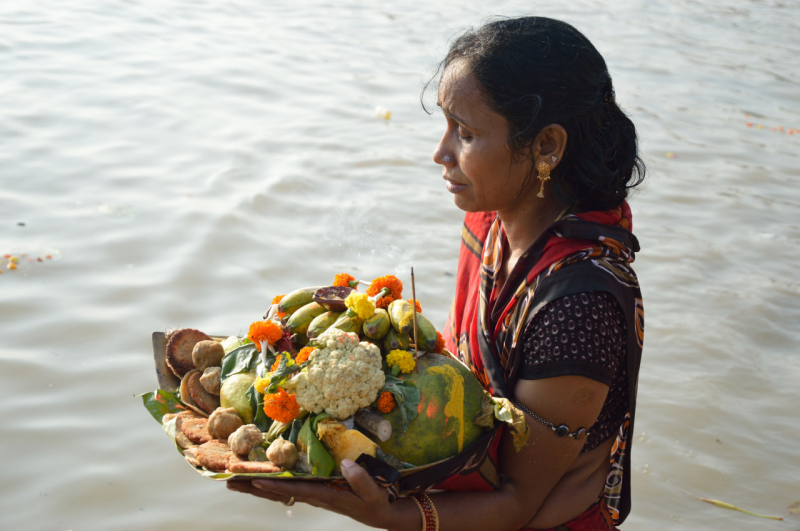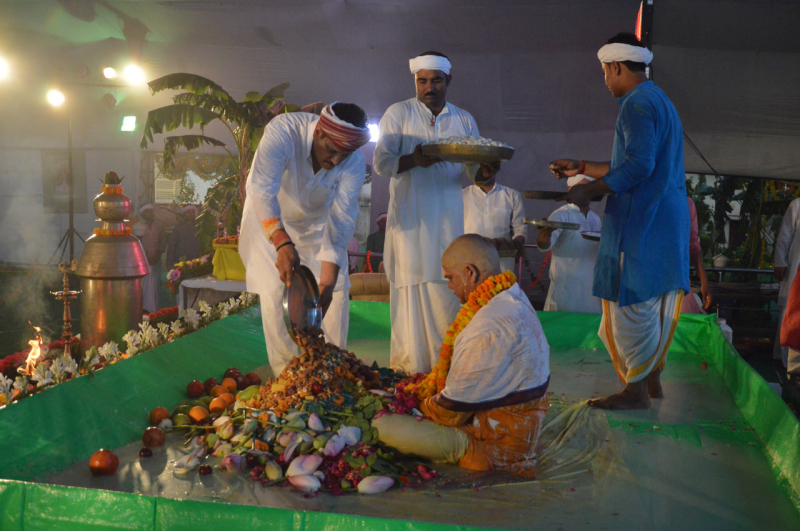Offerings and Puja
Offerings and Puja, integral practices within diverse Buddhist traditions, serve as channels through which practitioners express devotion, cultivate spiritual virtues, and accumulate positive karma. These rituals bear cultural and ceremonial importance and find expression within temples, monasteries, and homes.
Offerings encompass a range of items, including flowers, incense, candles, food, and other symbolic elements. In certain traditions, offerings of water, light, and fragrances symbolize the purification of body, speech, and mind. Puja involves the recitation of chants, sutras, and mantras, often in native or ancient languages like Pali or Sanskrit.
Making offerings is also a practice of detachment, as it involves giving without attachment to the offering itself or the outcome. While Puja artfully employs symbolic representations, such as images or statues of enlightened beings, serving as focal points for devotion and fostering a profound sense of connection.
Puja is conducted on various occasions, such as during festivals, significant dates in Buddhist history, or personal milestones like births, deaths, and weddings.
Offering and Puja reinforce Buddhism's Three Jewels, nurturing qualities like gratitude, humility, and reverence. These practices allow practitioners to forge a spiritual connection, seek guidance, and traverse their path toward enlightenment.












